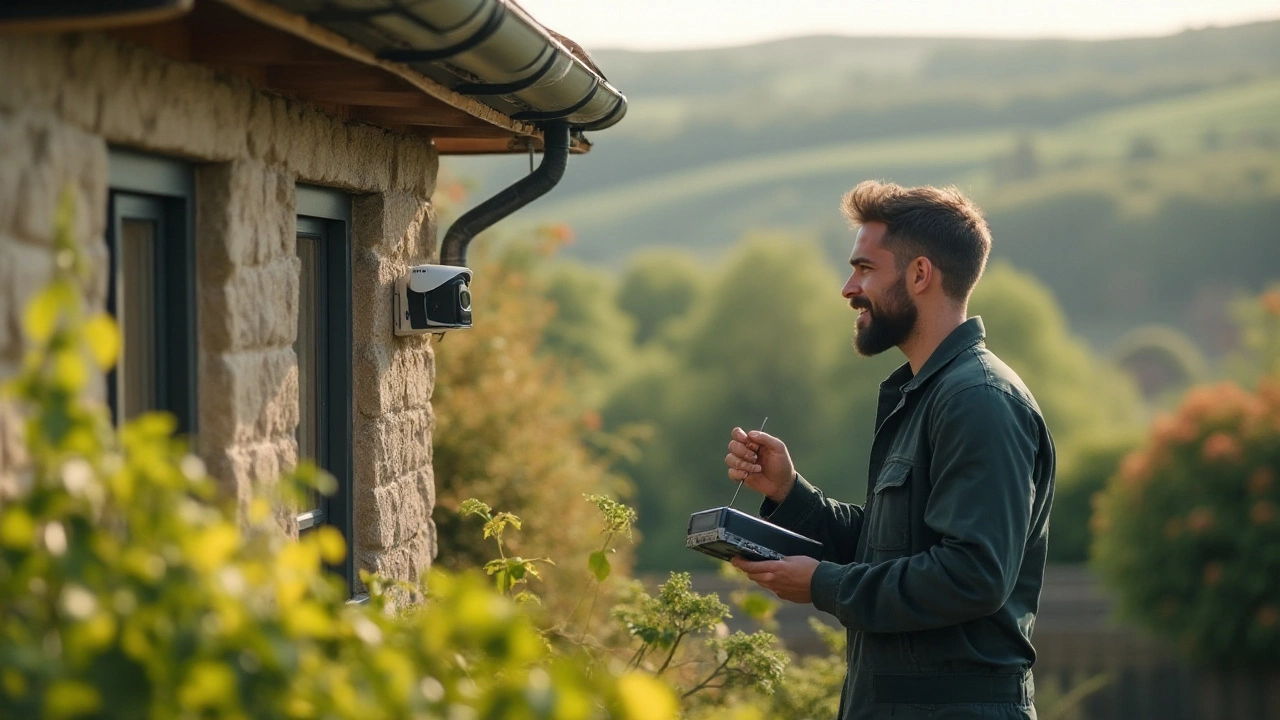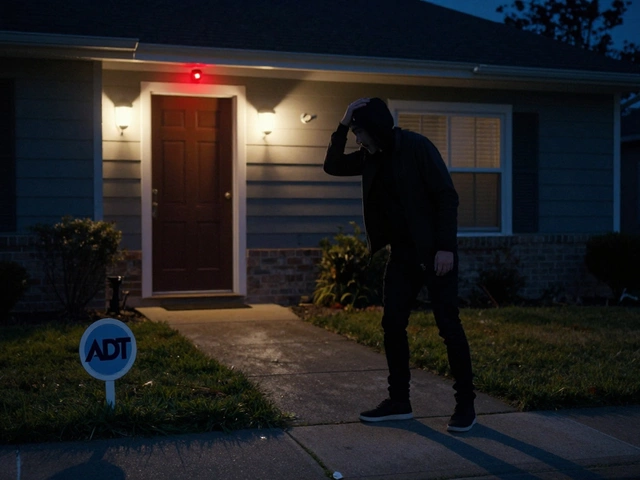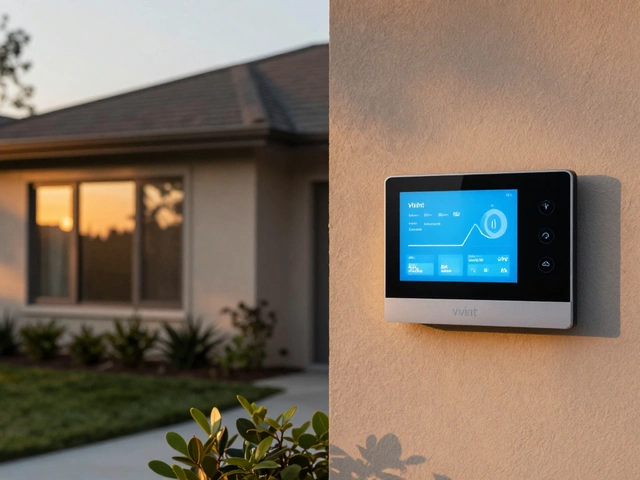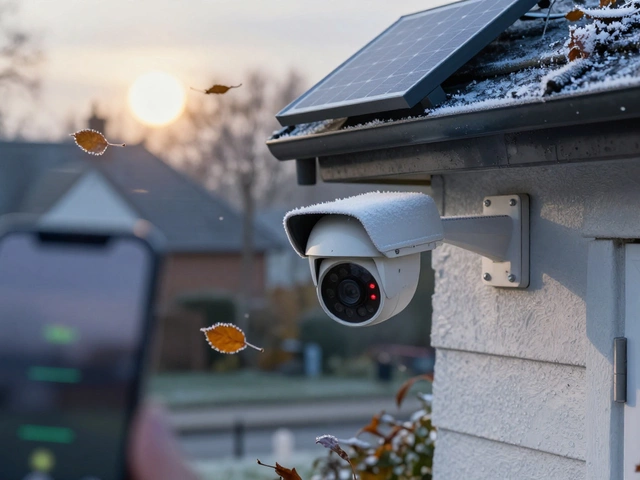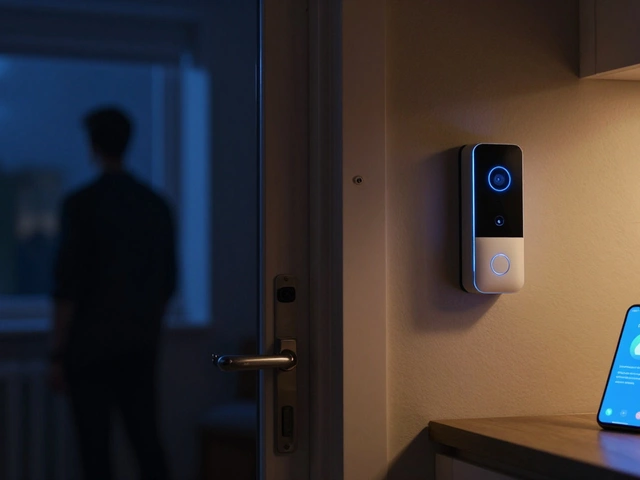No Internet CCTV: How to Keep Your Property Safe Without a Wi‑Fi Connection
When the internet drops, a Wi‑Fi camera can become useless in an instant. That’s why many homeowners are turning to CCTV systems that don’t rely on an online link. These offline solutions give you video evidence even during power outages or ISP hiccups, and they’re often simpler to install.
Why Choose a No‑Internet CCTV System?
First off, you eliminate a big point of failure. No router, no bandwidth limits, no monthly cloud fees. The cameras record directly to a local device—usually a DVR (digital video recorder) or NVR (network video recorder) that stores footage on a hard drive. That means you get continuous video as long as the recorder has power.
Second, privacy concerns drop off the radar. Since nothing leaves your home, there’s no chance of your clips being hacked from the cloud. Many people feel better knowing their footage stays on‑site.
Finally, offline systems can be cheaper in the long run. You pay for the hardware once and skip recurring subscriptions. Some wired kits even include motion sensors, floodlights, and door contacts, giving you a full security package without extra fees.
Getting Started: Simple Steps to Install Offline CCTV
1. Pick the right cameras. Look for “wired” or “POE (Power over Ethernet)” models. POE lets you run one cable for both power and video, cutting down on mess. If you can’t run cables, consider a battery‑powered camera that records to a micro‑SD card.
2. Choose a recorder. A basic 4‑channel DVR will handle up to four cameras, while an 8‑channel NVR works for larger setups. Make sure the recorder supports the resolution you want (1080p is usually enough).
3. Plan the layout. Put cameras where they capture entry points—front door, back garden, garage, and any blind spots. Angle them to avoid glare from windows and keep them out of direct sunlight.
4. Run the cables. Use outdoor‑rated CAT5e or CAT6 cable for POE setups. Secure the cable with clips or conduit to protect it from weather and tampering.
5. Connect and test. Hook the cameras to the recorder, power everything up, and walk through the coverage area on a monitor. Adjust the focus and motion zones until you’re happy with what you see.
Once everything looks good, set the recorder to overwrite old footage after a set number of days. That way you never run out of space.
If you already own a Wi‑Fi camera, don’t toss it just yet. Many models let you switch to local storage by inserting a micro‑SD card and disabling cloud sync. Check the manual for a “offline mode” or “local recording” option.
Offline CCTV isn’t totally hands‑off, though. You’ll still want to check the recordings regularly and replace batteries or hard drives as they age. Some modern DVRs can send an email or SMS alert when motion is detected, even without internet—just make sure the alert feature works with a GSM dongle or similar.
In short, a no‑internet CCTV system gives you dependable coverage, better privacy, and lower ongoing costs. Pick wired cameras or local‑recording battery units, hook them up to a reliable recorder, and you’ll have solid video evidence no matter what’s happening online. Stay safe, stay offline, and keep your home protected.

